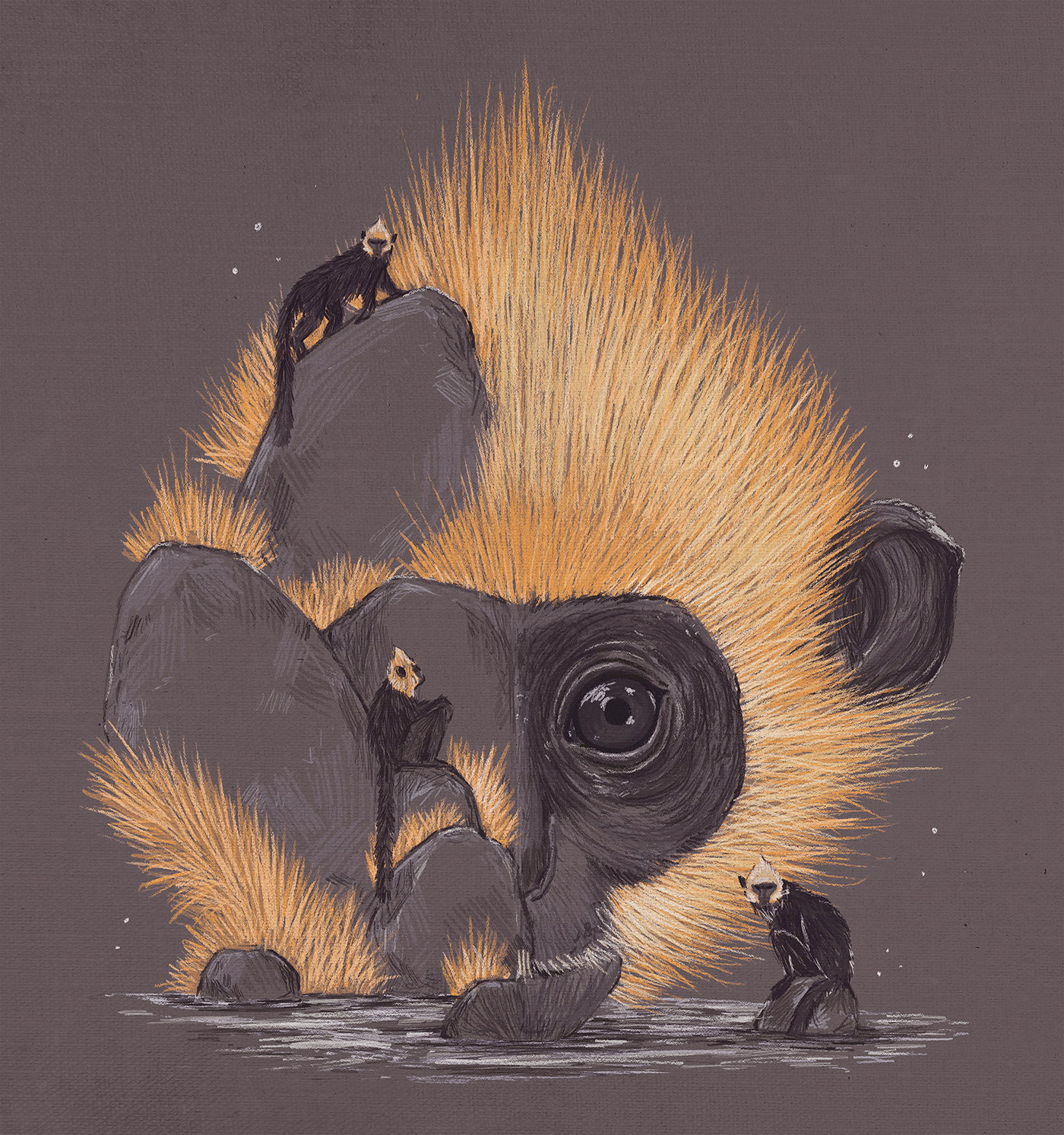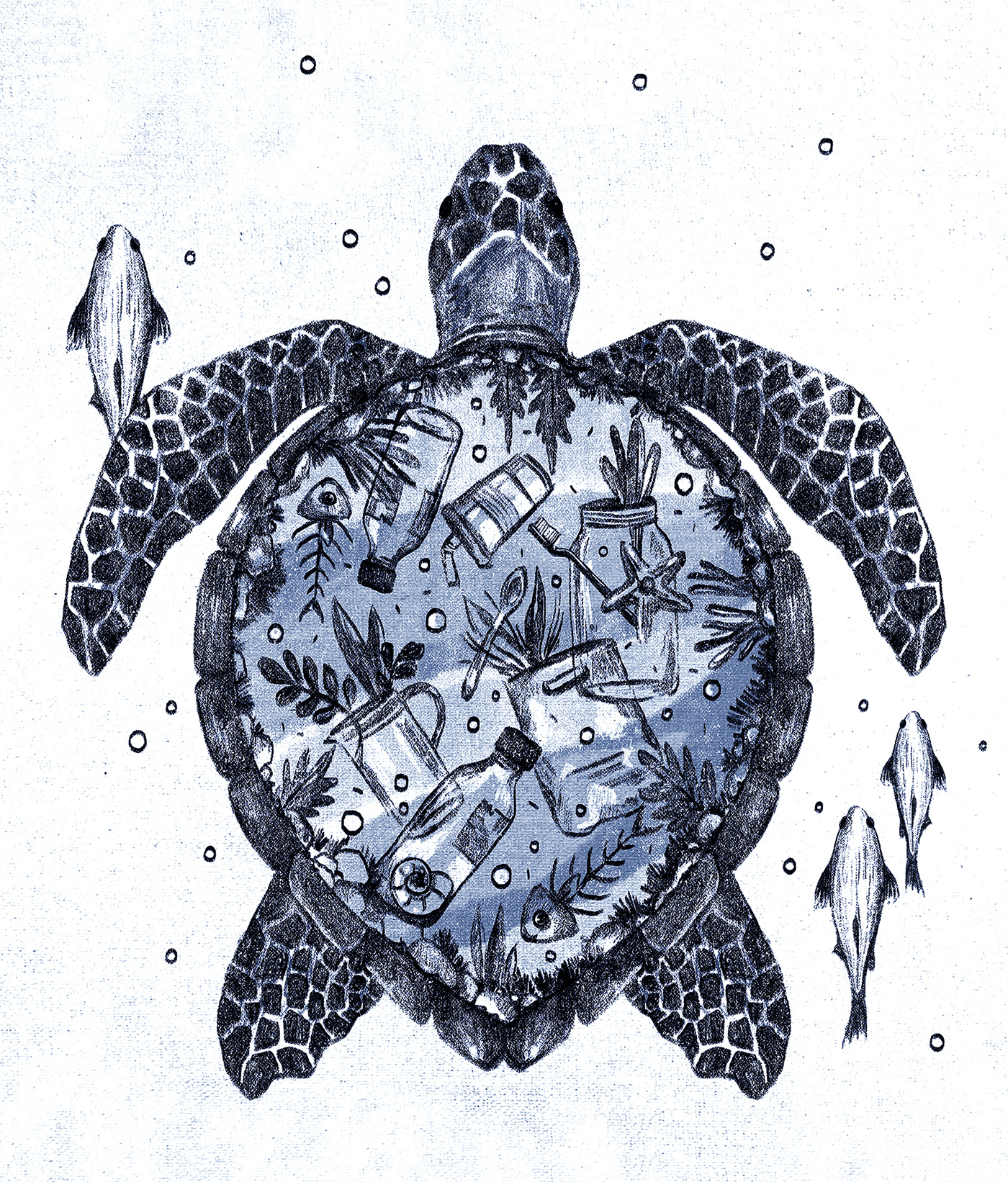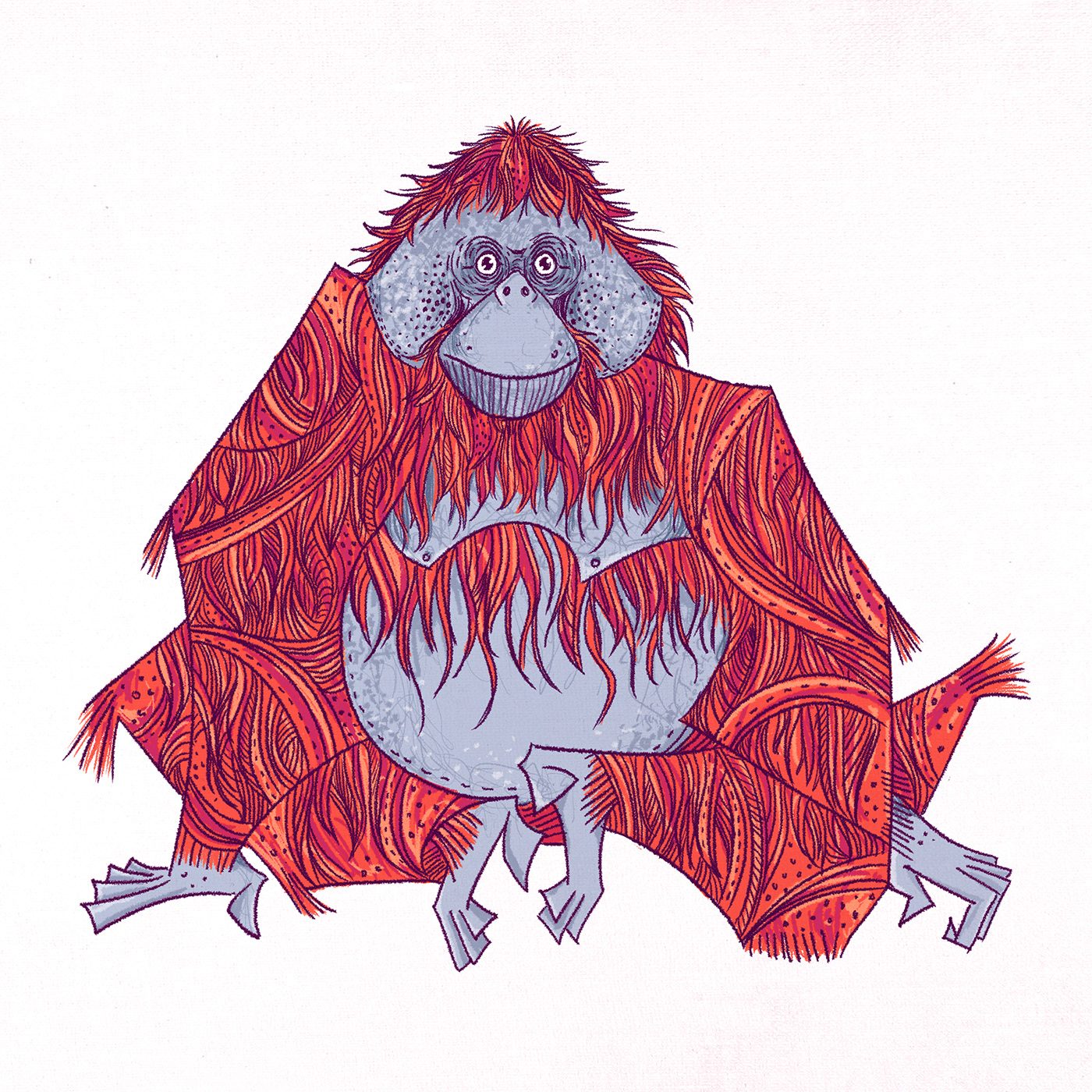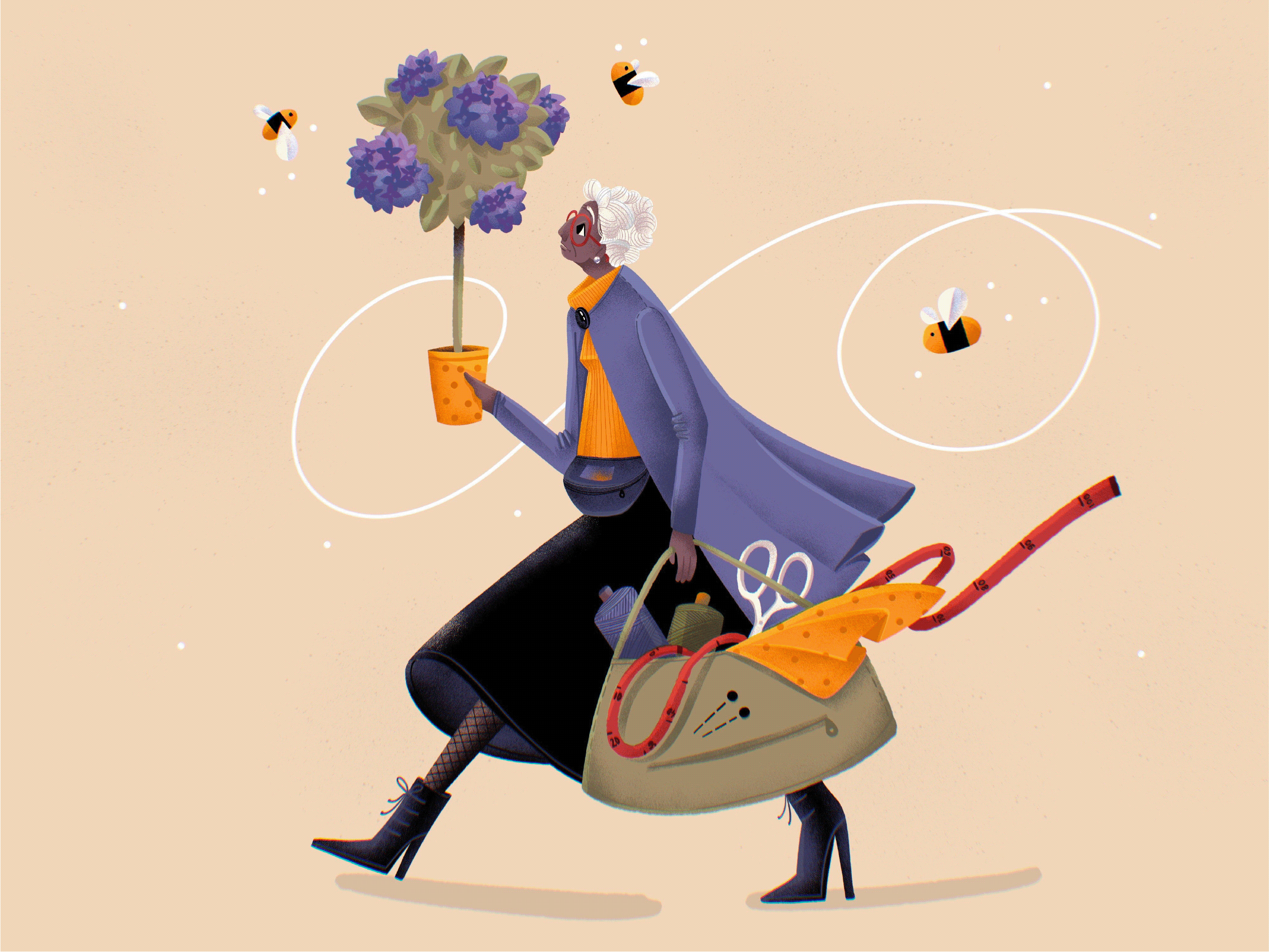ANIMAL AWARENESS
LION TAILED MACAQUE
With less than 2,500 individuals remaining in the wild and about 400 more in zoos, the Lion-tailed Macaque is one of the most Endangered species in the world today. Also hunted for its meat and fur, only 1% of their original habitat remains - because of timber harvesting and agriculture - and as their population numbers continue to decrease.

TIGER
Tigers are highly vulnerable to numerous threats in their natural habitat. From poaching to climate change and a set of factors in the middle, heading the list those that result from human activities.
The latest census indicates a population with less than 4,000 specimens in the wild. In 2009 IUCN estimated a total of 3,200 tigers, but some believe that the number has risen to almost 4,000 adults. In fact, WWF declared that 2016 was the first year that the population of tigers did not decrease in more than a century. However, the numbers of some subspecies are still decreasing. Today, vast areas of Southeast Asia are devoid of these cats, and in some regions, the lack of tigers may be irreversible.

CAT BA LANGUR
The Cat Ba Langur lives in the forest on karst hills. They are mainly folivorous, with leaves making up between 60-80% of its diet and the rest composed of shoots, fruit, flowers, and bark. The species is endemic to Vietnam and only occurs on Cat Ba Island in Ha Long Bay.
Sadly they are considered to be one of the most endangered primates and is assumed to have declined by 80% over the last three generations. It is estimated that there are less than 70 of these langurs left in the world.

OLIVE RIDLEY TURTLE
Hundreds of thousands of sea turtles, whales, and other marine mammals, and more than 1 million seabirds die each year from ocean pollution and ingestion or entanglement in marine debris. Marine debris is man made waste that is directly or indirectly disposed of in oceans, rivers, and other waterways.
Most trash reaches the seas via rivers, and 80% originates from landfills and other urban sources. This waste, which is also consumed by fish and can entangle sharks and damage coral reefs, tends to accumulate in gyres (areas of slow spiraling water and low winds) and along coastlines.

ORANGUTAN
Habitat loss is by far the greatest threat to orangutans. Huge tracts of forest have been cleared throughout their range and the land used for agriculture, particularly palm oil - a product that is found in more than half of packaged products in supermarkets around the world. Road development, illegal timber harvesting and unsustainable logging, mining and human encroachment also contribute to habitat loss, degradation and fragmentation. Today, more than 50% of orangutans are found outside of protected areas, in forests under management by timber, palm oil and mining companies. Along with habitat loss, young orangutans up to the age of seven are sought after for the illegal pet trade. When infants are targeted, usually the mother is killed so this trade represents a real threat to wild orangutan populations. In addition, orangutans are hunted in some areas for food. They are also sometimes killed when they move into agricultural areas and destroy crops.

EGYPTIAN VULTURE
The Egyptian Vulture is a globally endangered species included in the IUCN Red List as endangered. The global population of the species is estimated to be between 21 000 – 67 000 individuals with a stable decreasing tendency.








